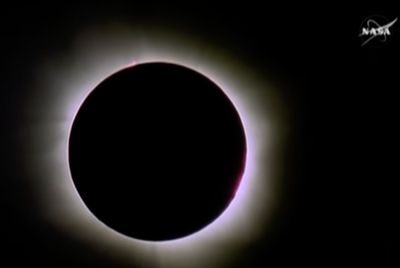Bigfoot Just a Big Grumpy Bear: DNA Study Shows Yeti Hair is From Ancient Polar Bear

The legendary Bigfoot is nothing more than a large and very angry bear, a scientist has said.
Bryan Sykes, a professor of genetics at Oxford University, analysed the DNA of "yeti hair" samples to find out if the mythical beast really exists.
Published in the journal Proceedings of The Royal Society B, he said most samples analysed came from humans, horses and dogs.
However, one sample matched with polar bear DNA dating from 40,000 years ago – possibly suggesting the abominable snowman - is, in fact, a hybrid species of polar and brown bear that could exist somewhere in the Himalayas.
One of the samples came from an animal shot by a hunter in Ladakh, India, 40 years ago, while the other – which was reddish-brown in colour – was found in a bamboo forest in Bhutan that has been described as the nest of the Bhutanese yeti.

The DNA did not match with any known bear species living today. Sykes said: "If these bears are widely distributed in the Himalayas, they may well contribute to the biological foundation of the yeti legend, especially if, as reported by the hunter who shot the Ladakh specimen, they behave more aggressively towards humans than known indigenous bear species."
Bigfoot and yeti stories have been told for over 150 years and sightings purportedly proving the creatures' existence have circulated widely since the 1950s. Earlier this year, a BBC Four documentary looked at the cult of Bigfoot hunters, who search tirelessly to find evidence of the elusive creature.

The authors said that their evidence suggests the hairs are from an unrecognised bear species, but it does not necessarily prove that Bigfoot does not exist.
"While it is important to bear in mind that absence of evidence is not evidence of absence and this survey cannot refute the existence of anomalous primates, neither has it found any evidence in support" they said.
Speaking to the Daily Mail, Norman MacLeod, a fossil expert and evolutionary biologist from the National History Museum, said: "Will this ultimately lead to the recognition of new large mammalian species in out-of-the-way corners of the world? No one – certainly no scientist – can know for sure.
"What we do know is that scientific discoveries just as strange and unexpected have happened before."
© Copyright IBTimes 2025. All rights reserved.






















